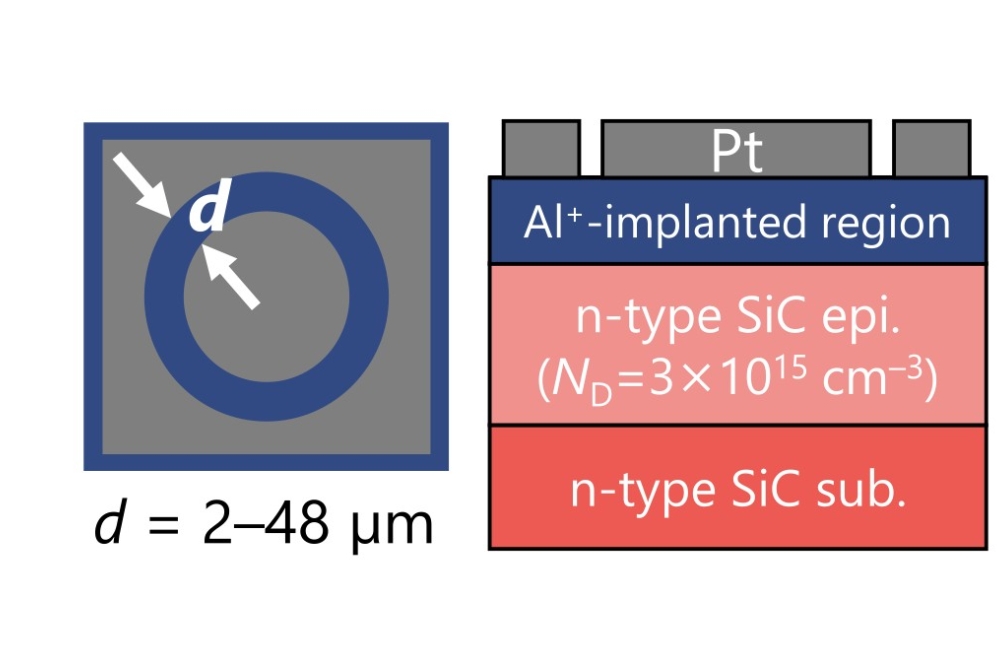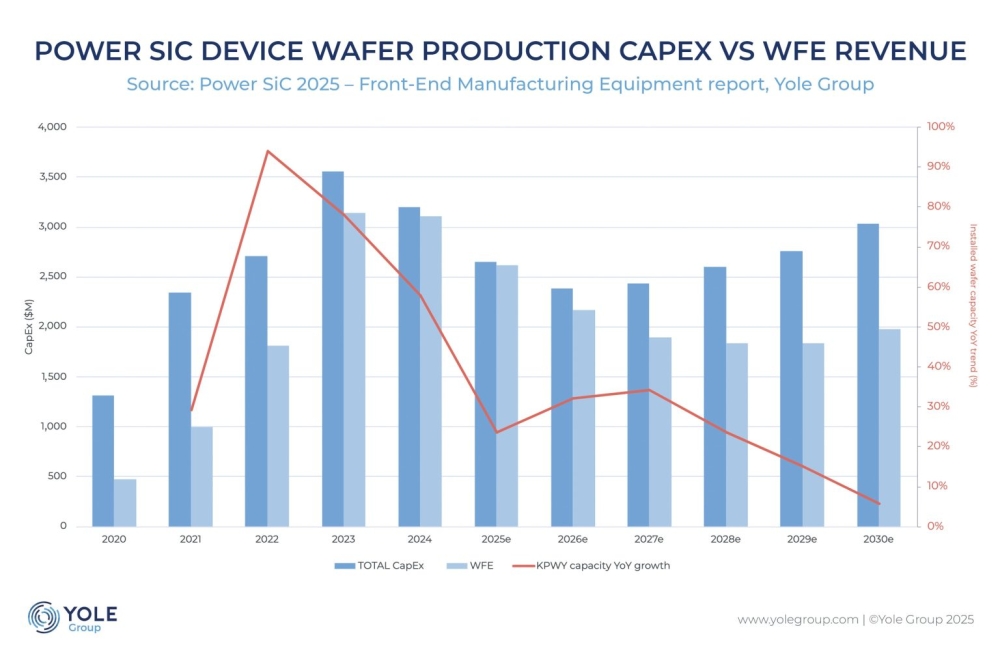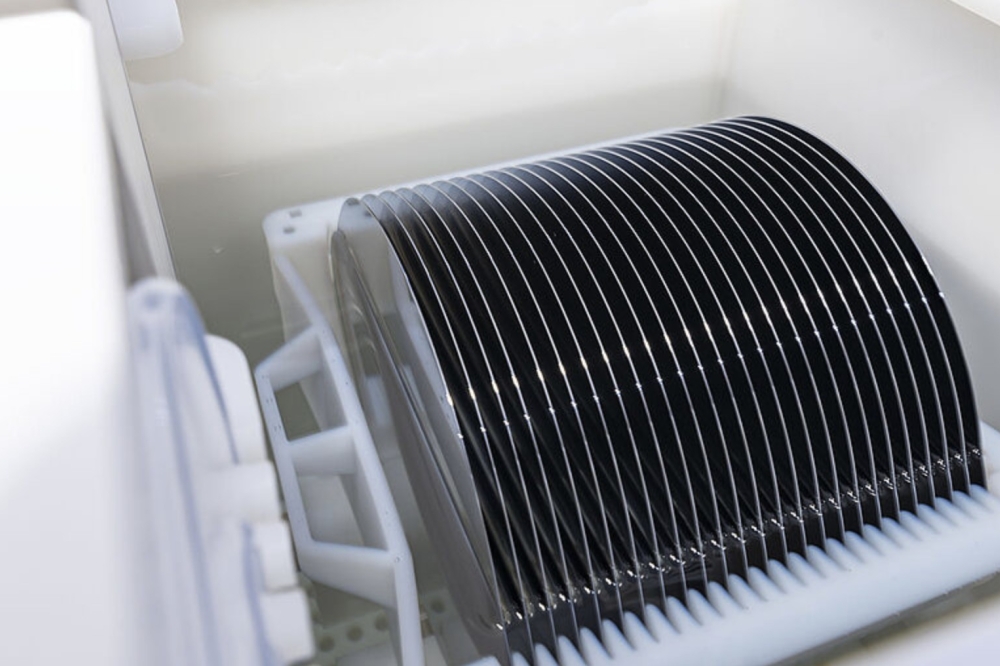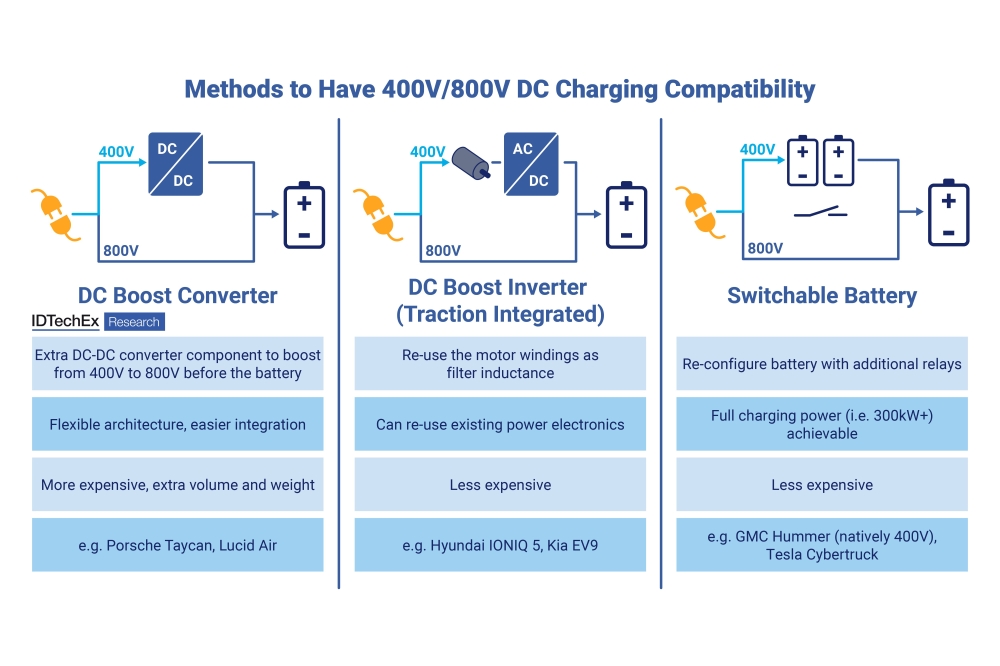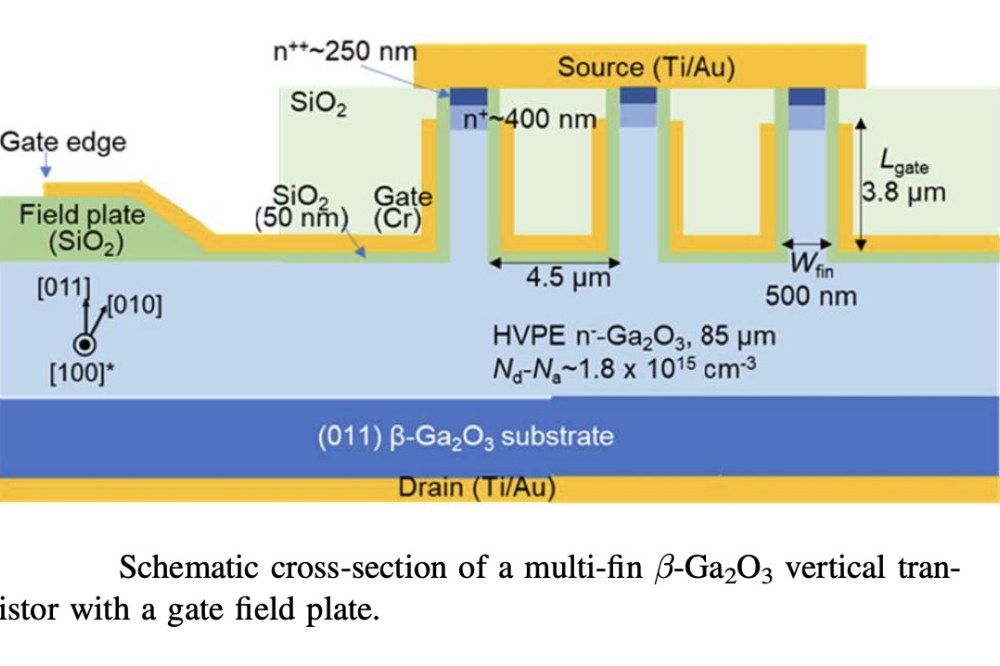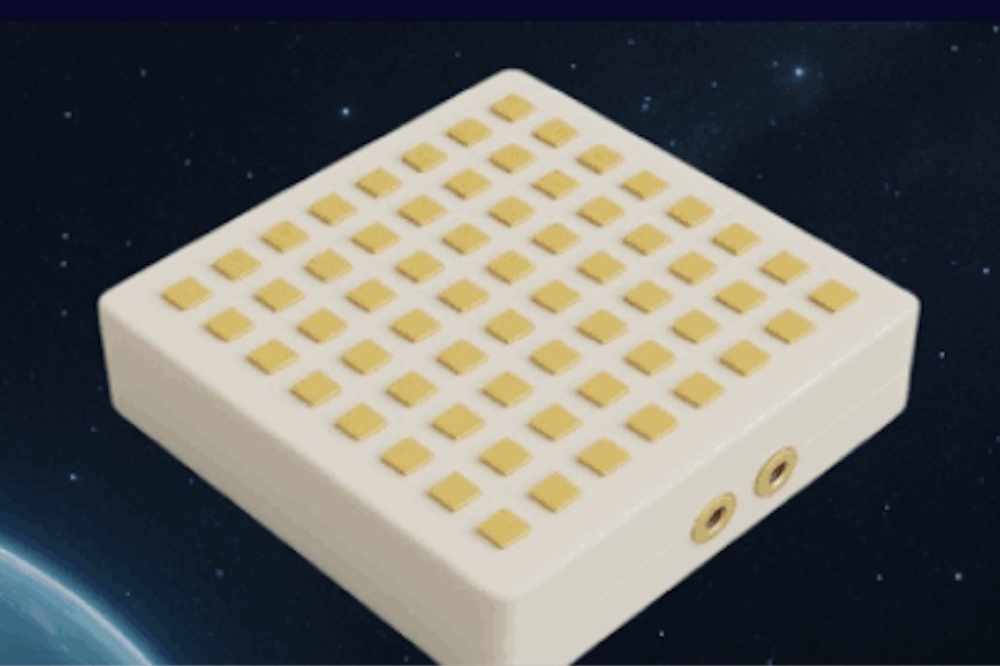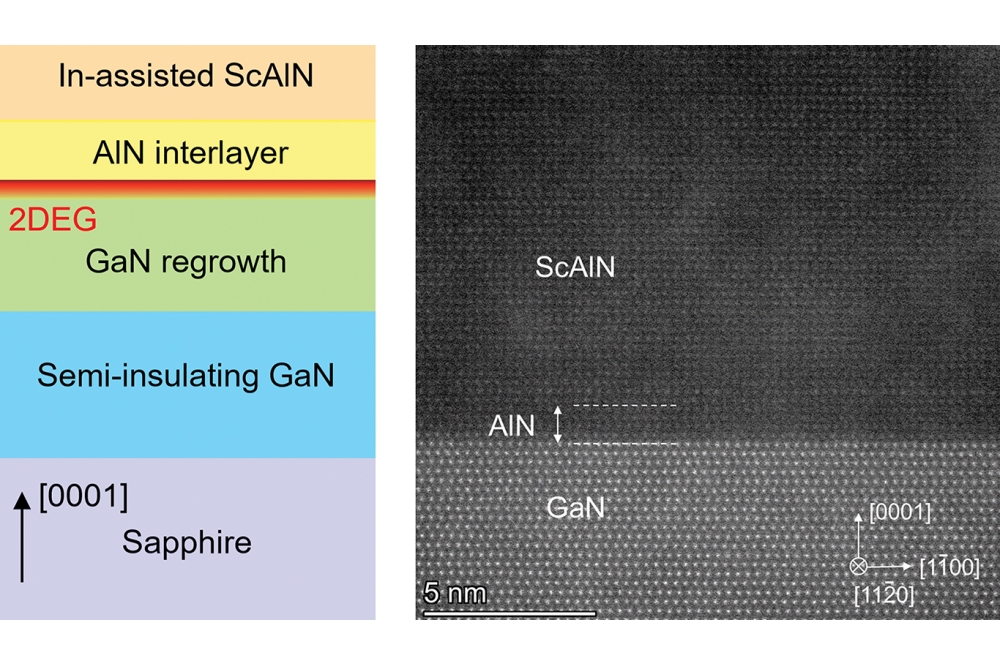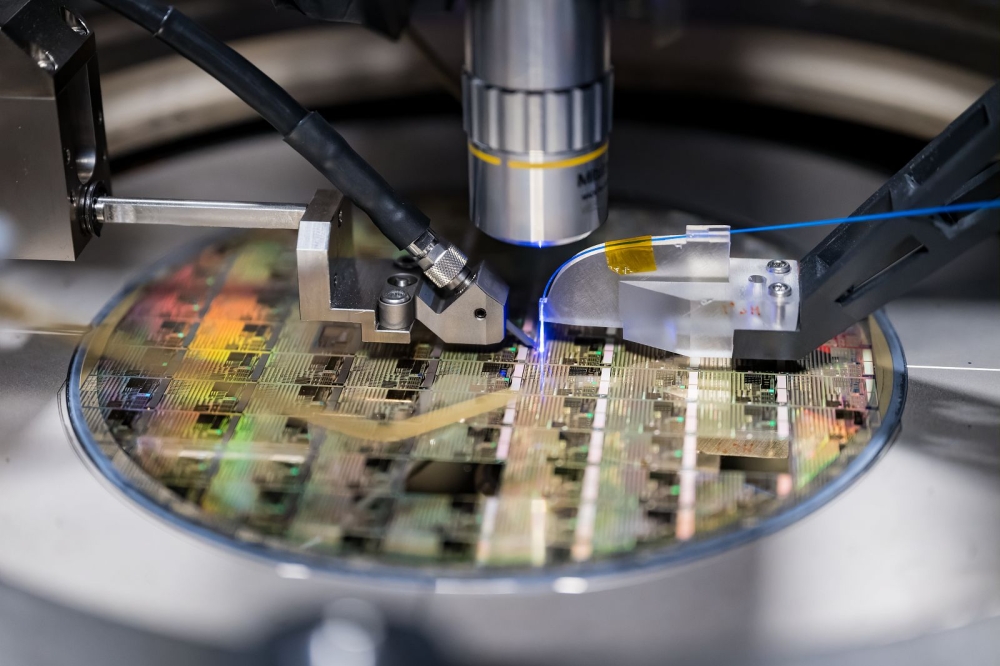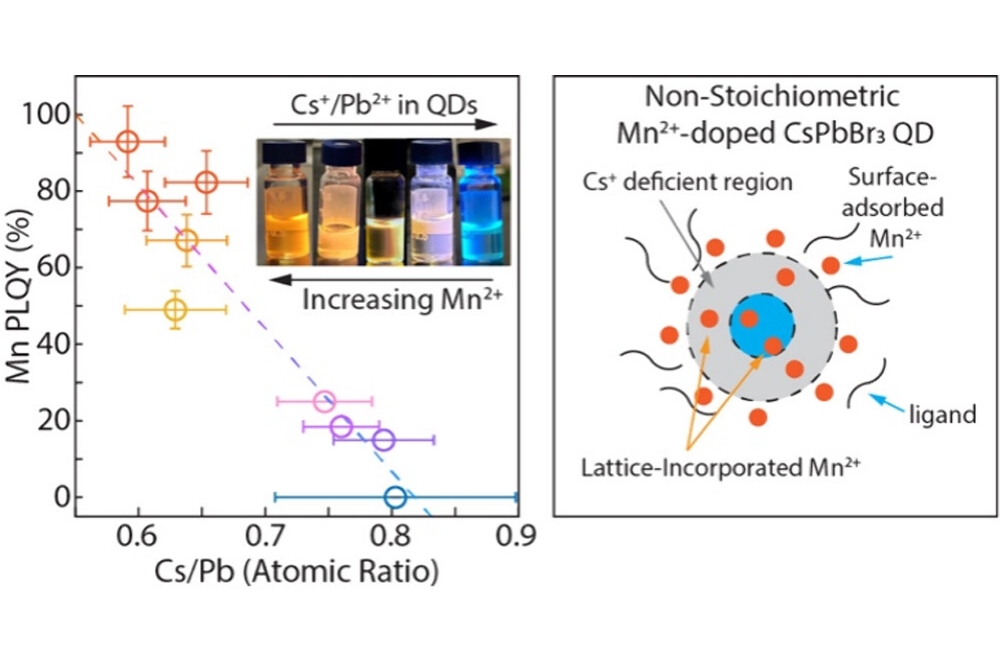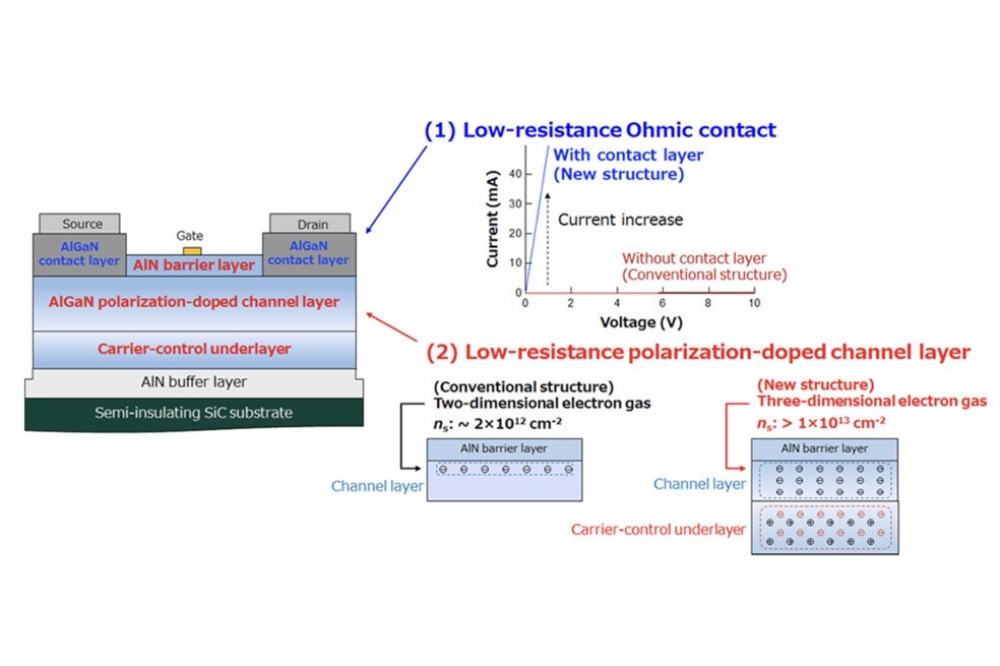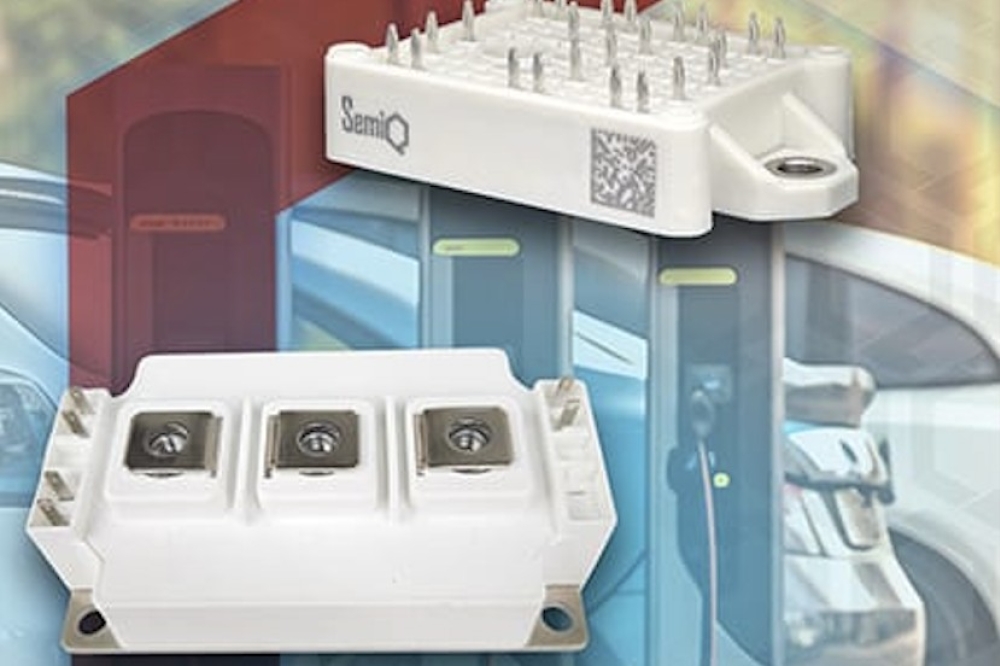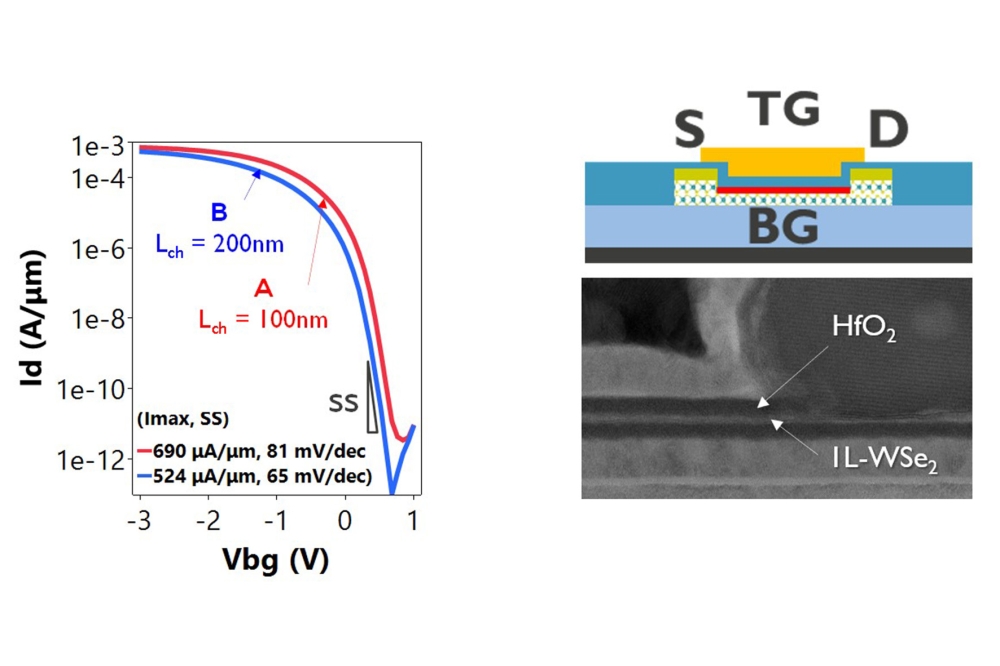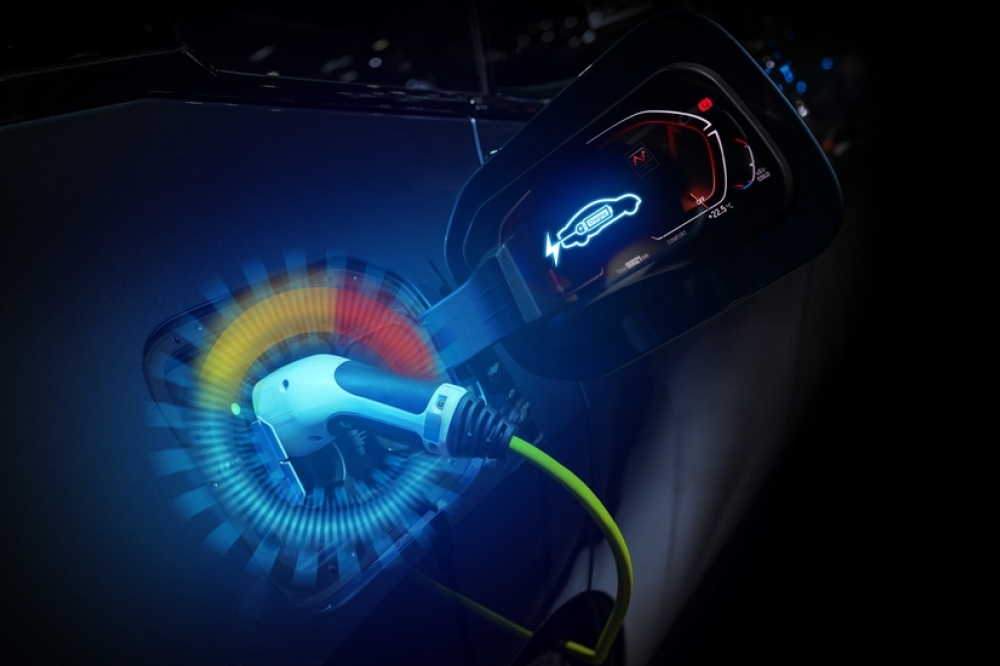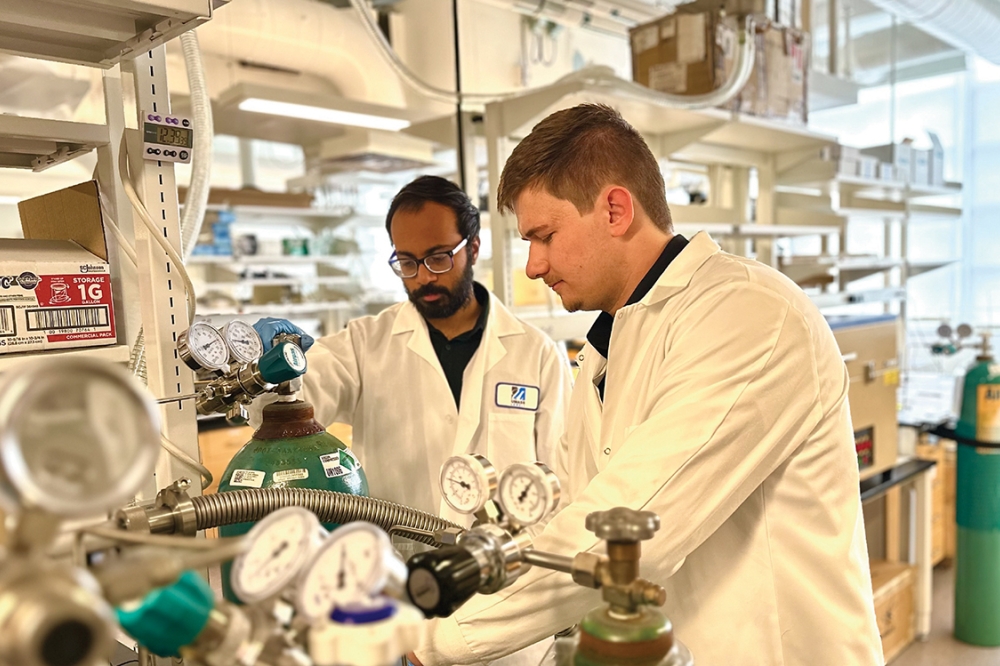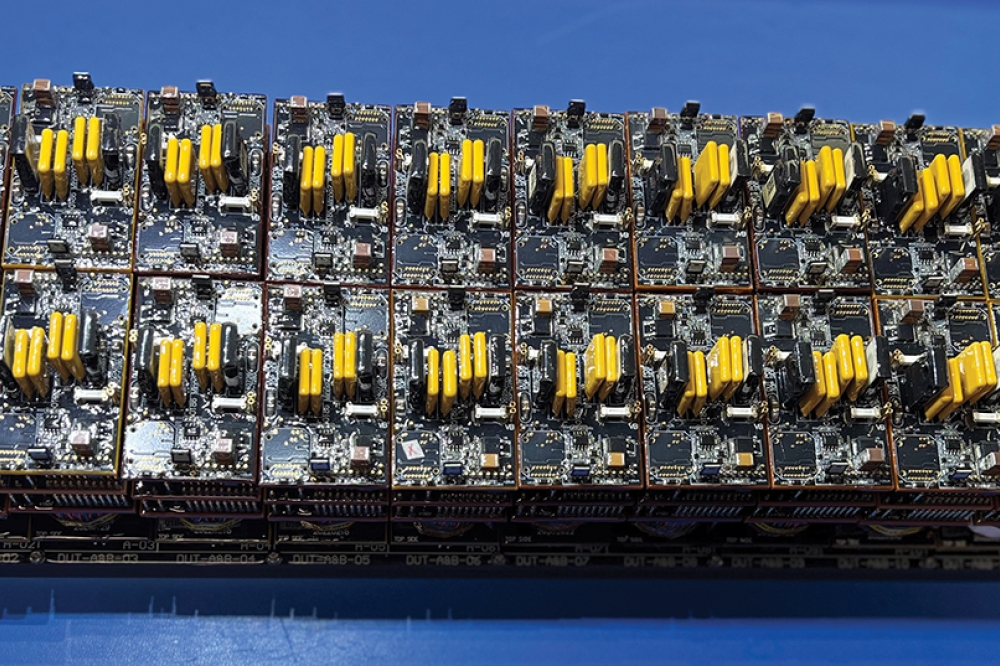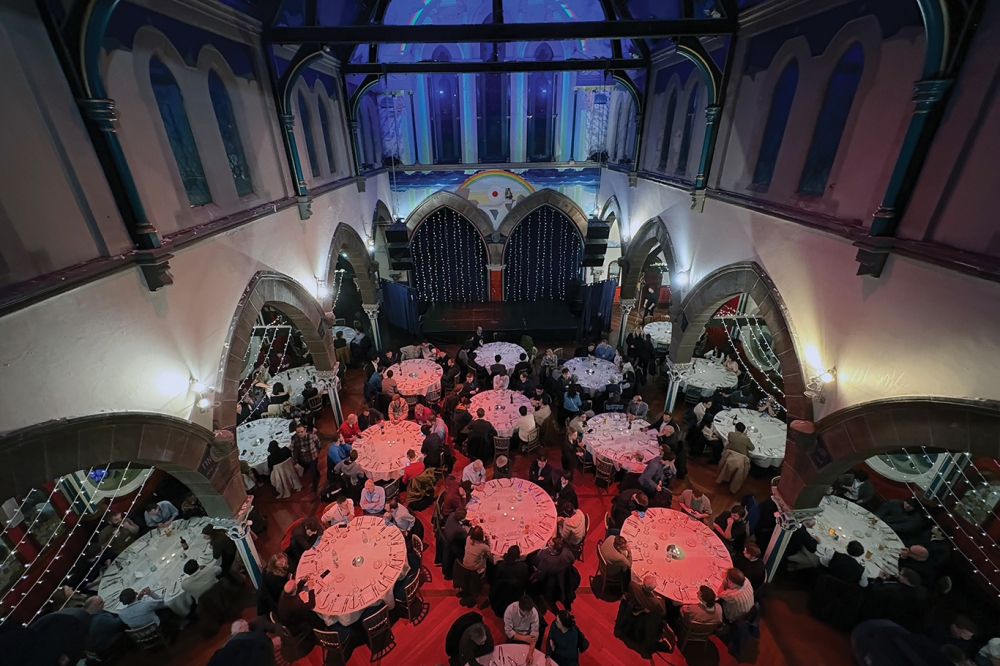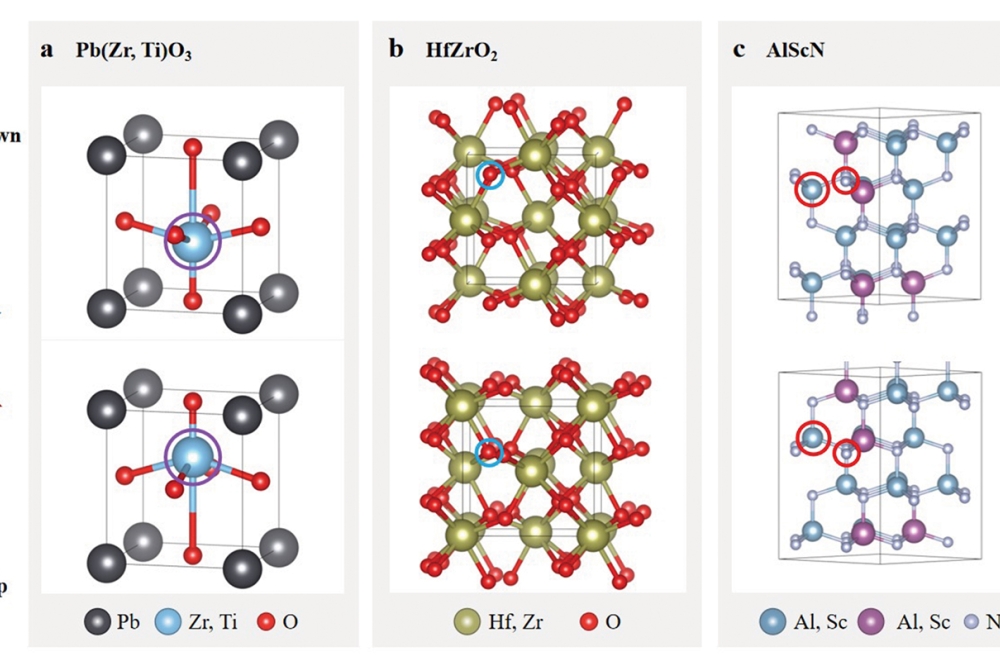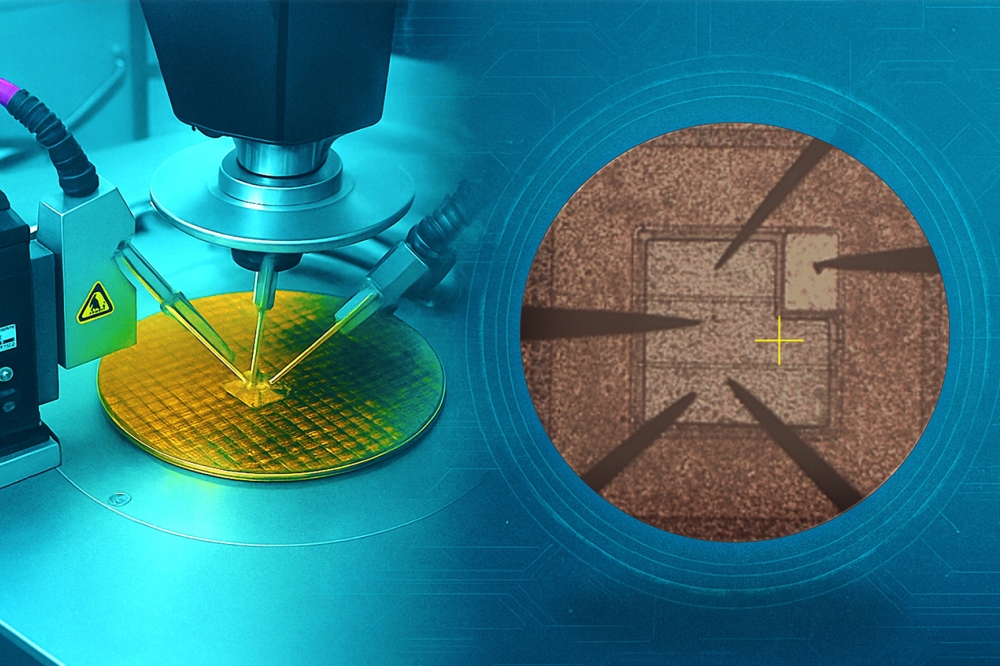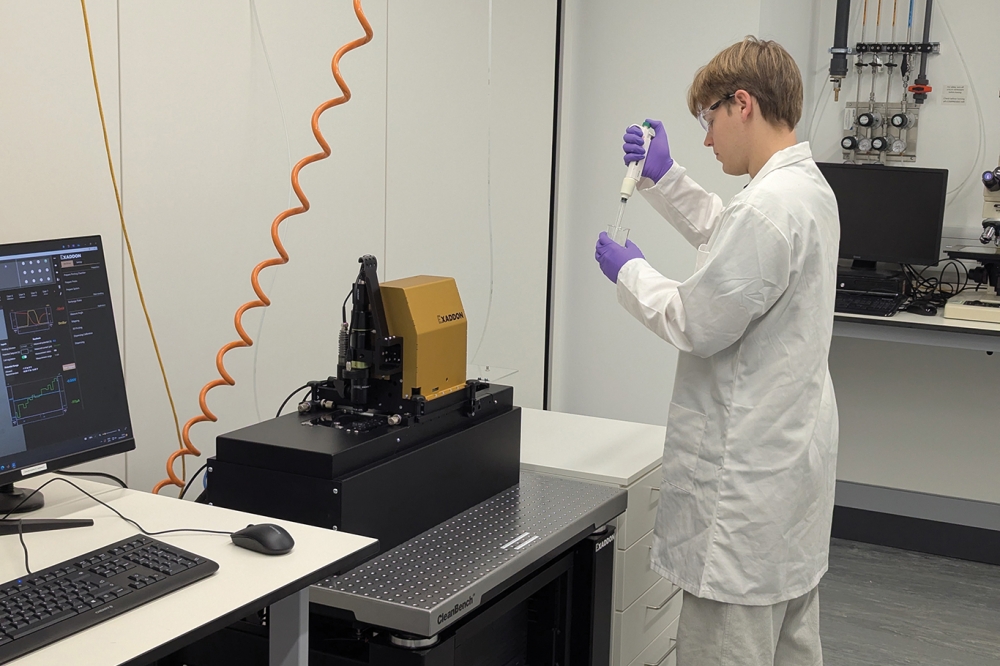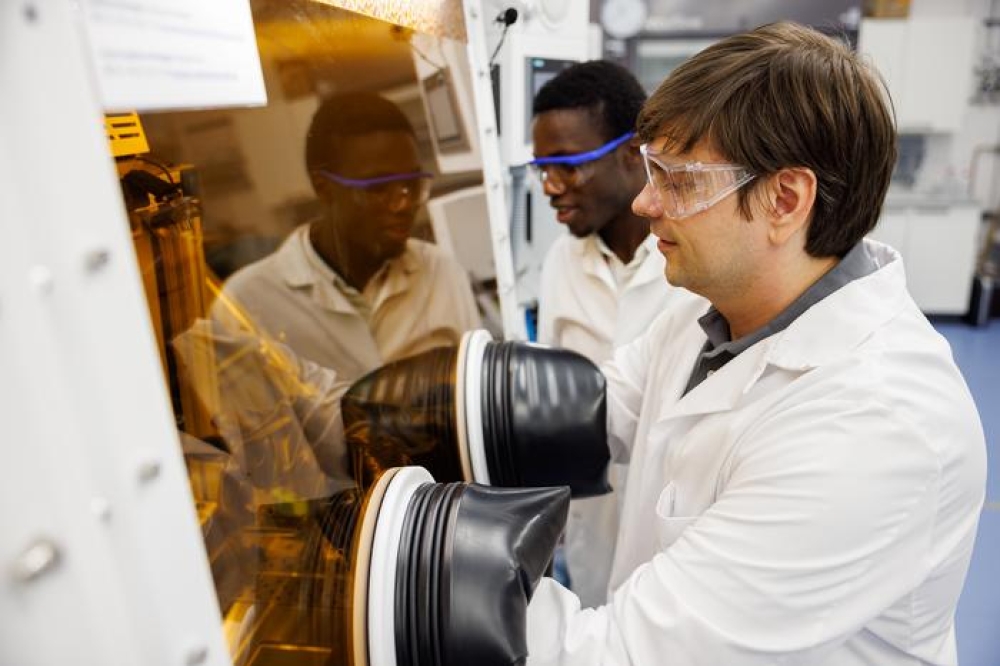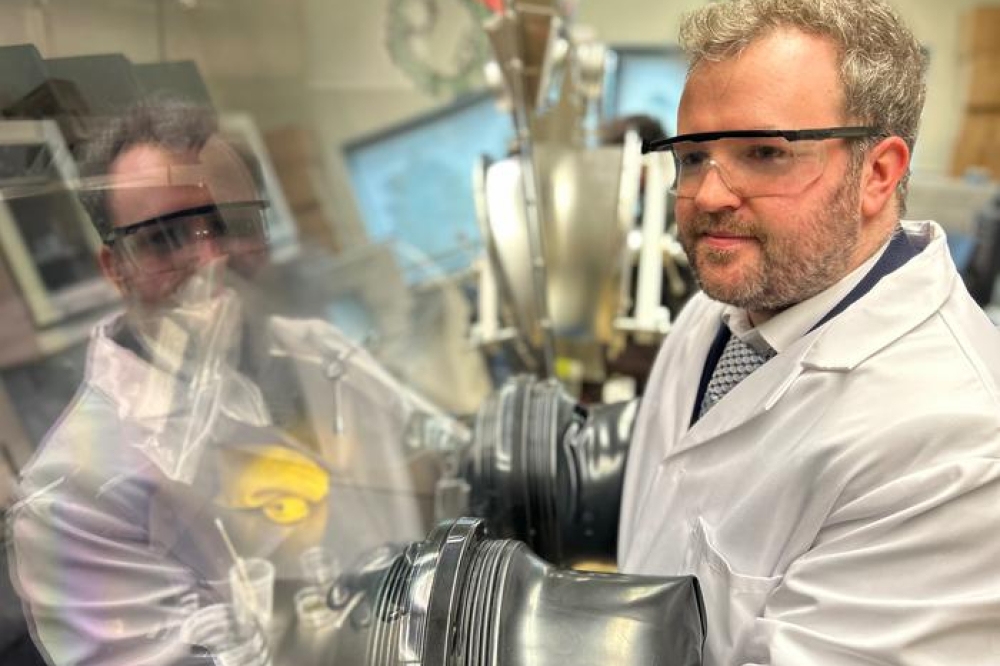FBH to present novel lasers at Photonics West
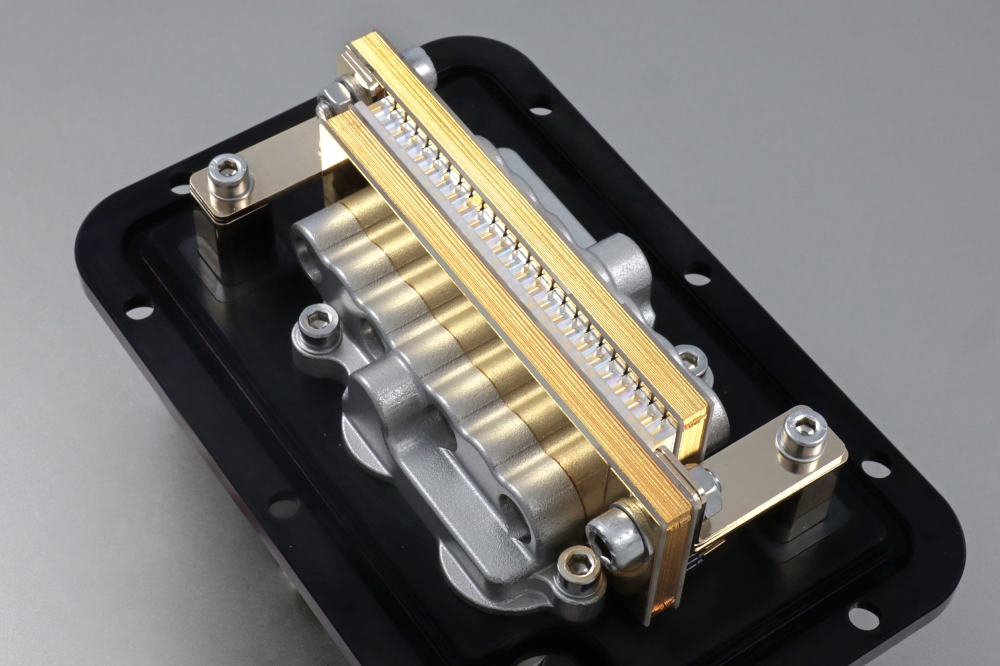
At Photonics West 2025 in San Francisco (January 25-30, 2025), the Ferdinand-Braun-Institut (FBH) will be presenting novel and advanced diode lasers.
In addition to advanced semiconductor-based light sources, it will introduce novel quantum light modules as well as its high-performance direct-diode laser system 'Samba'.
In an invited talk, an FBH team will present its Raman spectroscopic investigations using its in-house developed 785 nm dual-wavelength diode lasers. The study focused on dyed and natural textiles, as well as black plastics, analysed with Shifted Excitation Raman Difference Spectroscopy (SERDS).
The results highlight the method's potential for the recycling industry, demonstrating its ability to clearly identify the materials examined. This advancement represents an important step towards improving material sorting and recycling efficiency.
Diode lasers
One of the highlights of the trade show will be FBH's high-performance monolithic grating-stabilised diode lasers for industrial production and laser fusion, developed through advancements in chip design and packaging technology.
The output power and efficiency of industrially applicable, monolithic grating-stabilised diode lasers have been increased whilst new wavelengths have been made available for the first time. Among other things, the institute reached record values for diode lasers operating at 880 nm in cooperation with the industrial partner Trumpf.
These achieved maximum continuous-wave output powers of 26 watts with a spectral width of 1 nm from grating-stabilised (DBR) 885 nm single emitters featuring a stripe width of 200 micrometers. They are soon be used as next-generation laser bars in industrial production lasers for pumping Nd:YAG solid-state lasers. These diode lasers also lay the foundation for future pulsed applications that require extremely high output powers. These include pump lasers targeting energy generation through laser fusion, a field in which grating-stabiliaed lasers in the 870 - 885 nm range play an important role.
Also be presented will be the 'Samba' laser system, based on high-power diode laser submodules that emit at 780 nm (pictured above). Two of such stack modules are integrated into the Samba laser head, yielding 1 kW CW output power, used for additive manufacturing.
This allows the power to be scaled up and hence deliver one kilowatt of continuous-wave output power to the workpiece in a precise laser beam with a diameter of just 1 mm. Industrial partners integrate this direct-diode laser system on a robot arm to use it for efficient additive manufacturing of aluminum in industrial laser wire processing.
The FBH diode lasers developed for this purpose are said to be up to four times more efficient than conventional lasers operating at around 1030 nm, due to the higher absorption at 780 nm. The technology will be demonstrated in the first step using a laser wire coating process in which the side walls of high-speed trains are produced with significantly reduced weight. Due to its compact size, the innovative system can also be used to fabricate complex components. It does not require an optical fiber and is therefore less prone to downtime due to fiber breakage. Moreover, the wavelength can be further adapted to suit the desired material absorption.
Quantum light modules
The FBH also develops quantum light modules based on entangled photon pairs that can be used in a wide range of applications. One of the institute's miniaturised sensor modules will be presented at the trade fair. This module is the core element of a mobile system designed to analyse microplastics on site in aquatic environments for the first time. Measurements are carried out exclusively in the near-infrared range (NIR); neither detectors nor mid-infrared (MIR) radiation sources are required. This reduces costs, as detectors and cameras are less expensive in the NIR than in the MIR spectral range. Even the smallest concentrations and sizes of specific plastics can be detected with the system.
For its quantum light modules, the FBH integrates advanced laser diodes with further components into the most compact of spaces. Inside the modules, an intense laser beam hits a non-linear optical crystal. This causes the photons of the laser beam to split into entangled photon pairs – with both photons possessing different wavelengths. The photons with the MIR wavelength are guided to a sample and back into the sensor module. While the photons with the NIR wavelength remain inside the module. After the respective photon pairs have exchanged information, only NIR photons are analysed. This method is suited for applications in medicine, metrology, microscopy, and environmental analysis.


